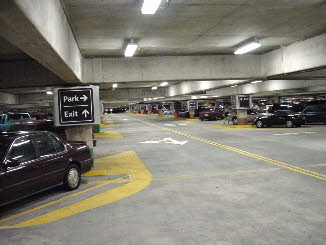

ENERGY SAVING USING VOLTAGE REDUCTION
Most lighting is designed to work at 230V. In the UK the mains voltage is usually around 240V and can often be 245V or even 250V either when demand is low (say overnight) or if close to a sub-station.
Reducing the voltage to lighting down to 220V can save energy without noticeably reducing light levels. A 10% reduction in voltage can result in 15 to 20% reduction in current due to the non-linear behaviour of lighting. This will often give 20 to 30% reduction in power.
Voltage reduction to lighting has a number of other benefits. The life of the bulb can be increased significantly leading to a lot lower maintenance costs. The wasted electricity in lighting from being run at a higher voltage is dissipated as heat. This results in undue demand from air-conditioning leading to additional wasted electricity. Reducing the current in lighting circuits will reduce copper losses in electrical wiring as well.
A typical Lighting Energy Controller is shown below.
CASE STUDY
Annual saving of £38,000 for car park using voltage reduction
A 16-level car park currently spends a total of £67,000 on lighting which is on 24 hours a day, 7 days a week. The cables bringing the mains into the building are at capacity and are running hot. The electrician has recommended upgrading the incoming cables to cope with a constant flow of 380 Amps.
A total of 8 Lighting Energy Controllers (LECs) to cover all 16-levels came to a total cost of £38,000.
The annual savings in electricity was £23,000. In addition the current taken by the lighting was reduced to 270 Amps. This removed the capacity problem that the car park was facing saving tens of thousands of pounds in upgrade costs.












